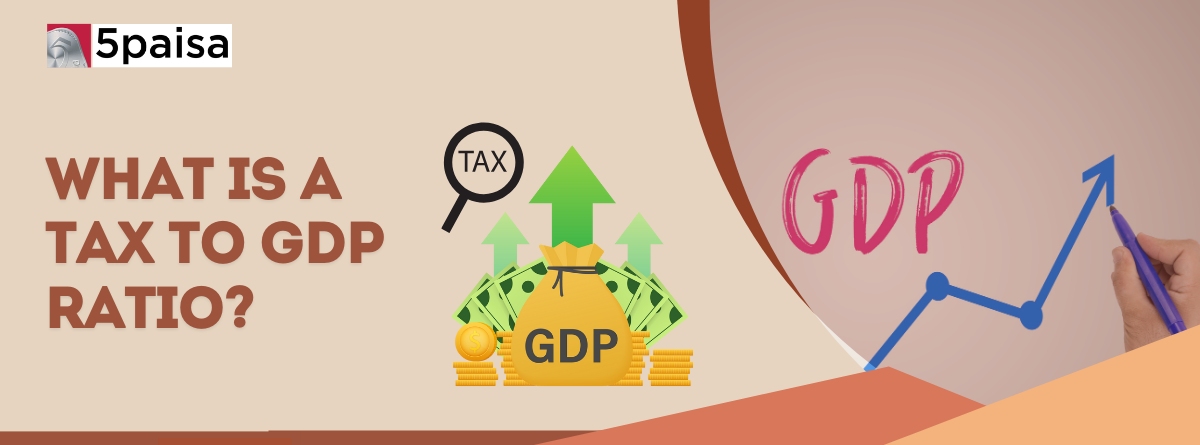Content
- Everything You Must Understand about Tax to GDP Ratio
- What Is A Tax To GDP Ratio?
- How Tax-to-GDP Ratio Works?
- Tax Policy and Economic Development
- The Direction of Tax Policy
- Does GDP Include Tax Revenue?
- What is the ratio of tax to GDP data?
- Conclusion
Everything You Must Understand about Tax to GDP Ratio
Tax to GDP ratio is the size of the tax revenue given by the government. A high tax-to-GDP ratio suggests a larger fiscal ability. So the government can address the societal requirements of the nation efficiently. The government also uses it to generate revenue from the country for infrastructure, public services, etc. So, what is tax to gdp ratio? This comprehensive post takes you through the meaning of tax to GDP ratio, its working process, and other details.
More Articles to Explore
- Difference between NSDL and CDSL
- Lowest brokerage charges in India for online trading
- How to find your demat account number using PAN card
- What are bonus shares and how do they work?
- How to transfer shares from one demat account to another?
- What is BO ID?
- Open demat account without a PAN card - a complete guide
- What are DP charges?
- What is DP ID in a demat account
- How to transfer money from demat account to bank account
Disclaimer: Investment in securities market are subject to market risks, read all the related documents carefully before investing. For detailed disclaimer please Click here.



